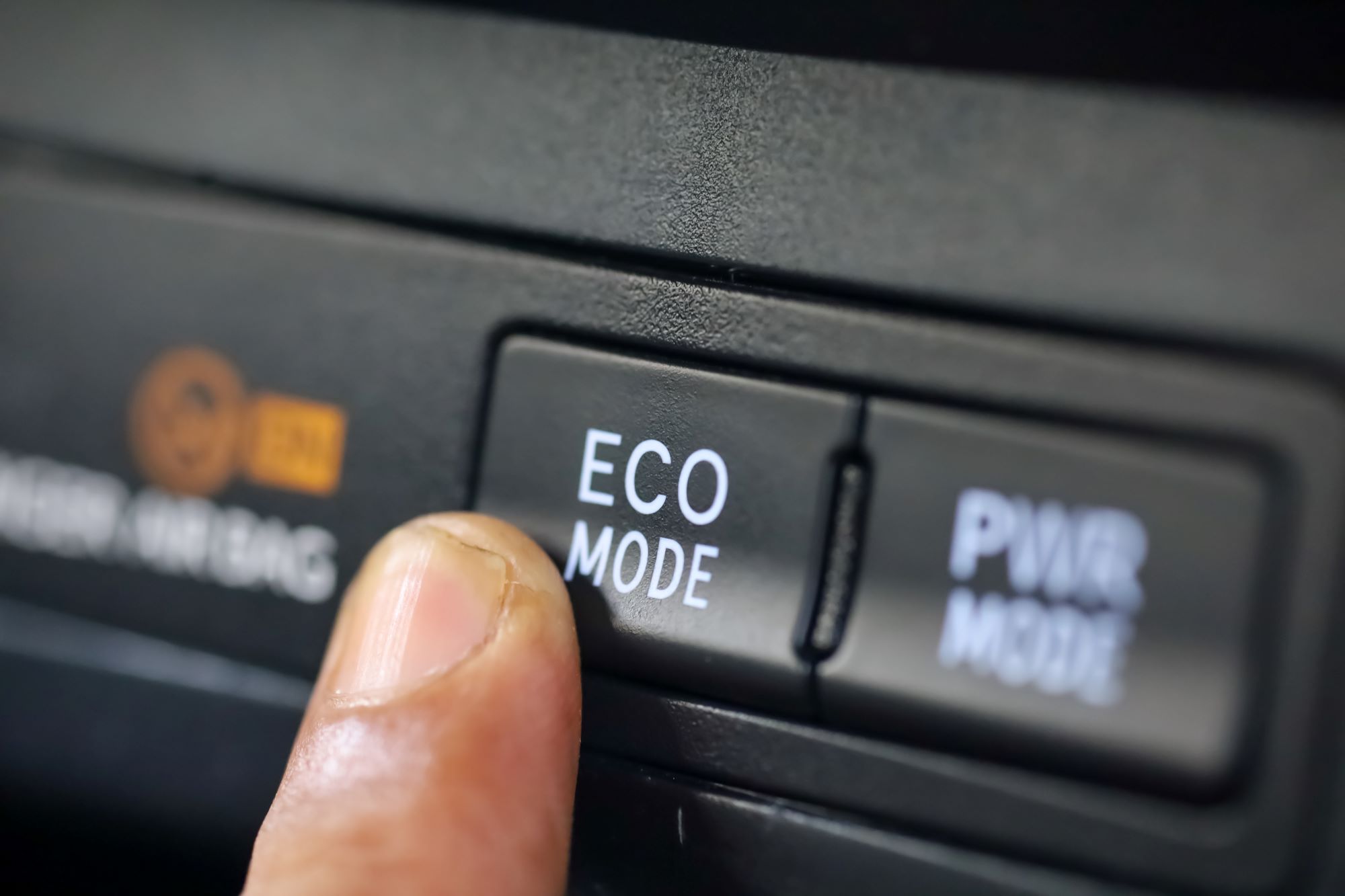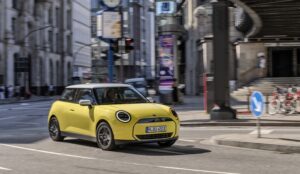Researchers in America have found that ‘eco-driving’ could cut carbon emissions from vehicles at road junctions by between 11% and 22%
Eco-driving is a way of operating a vehicle that’s designed to use less fuel and produce fewer emissions. In practice, this tends to mean avoiding unnecessary hard braking or rapid acceleration, maintaining a steady speed, anticipating traffic light changes and choosing gears or speeds that keep the engine running efficiently.

With modern technology, as seen in semi-autonomous vehicles, eco-driving can also use real-time traffic and signal data to adjust speeds so cars hit more green lights, avoid stop-and-go congestion and minimise idling.
In the US 15% of all CO2 emitted by land transport comes from cars idling at intersections. Which we will hereafter refer to as junctions.
Researchers at MIT looked at how this eco-driving technology could be deployed at scale and found substantial benefits without the need to slow traffic.
Senior author Cathy Wu said: ‘Most prior work has focused on how to implement eco-driving. We shifted the frame to consider the question of should we implement eco-driving. If we were to deploy this technology at scale, would it make a difference?’
The team simulated over a million traffic scenarios covering more than 6,000 junctions in Atlanta, San Francisco and Los Angeles. They considered 33 factors affecting emissions, from traffic signal timing and road grade to vehicle type and driver behaviour.
Using deep reinforcement learning they identified strategies that maximise energy efficiency. To make the problem manageable, they optimised eco-driving one intersection at a time while ensuring local changes wouldn’t cause bottlenecks elsewhere.
Their results showed that fully adopting eco-driving could cut citywide emissions at junctions by 11–22%, equivalent to removing the annual CO₂ output of entire countries like Israel or Nigeria.
Even with just 10% of vehicles using eco-driving, cities could achieve between 25% and 50% of the full benefit because other drivers tend to follow the smoother driving patterns.
About 70% of the total benefits come from just 20% of intersections, meaning that targeted implementation could deliver significant early wins. However, the most impactful intersections change with adoption rates, so deployment strategies would need to evolve over time.
Wu said: ‘Vehicle-based control strategies like eco-driving can move the needle on climate change reduction. We’ve shown here that modern machine-learning tools, like deep reinforcement learning, can accelerate the kinds of analysis that support sociotechnical decision making. This is just the tip of the iceberg.’
The study also found that eco-driving could increase traffic throughput by smoothing flow, although researchers warn that if this encourages more driving, it might offset some of the benefits.
The team also concluded that, when combined with other decarbonisation measures, such as the adoption of EVs, the benefits grow considerably. For example, in San Francisco, 20% eco-driving adoption alone would cut emissions by 7%, but paired with projected EV uptake, the reduction could reach 17%.
Because smartphones and in-vehicle automation are already widespread, the researchers argue that eco-driving could be a “shovel-ready” intervention — low-cost, scalable, and capable of delivering climate and public health benefits relatively quickly.
Wu explained: ‘This is almost a free intervention. We already have smartphones in our cars, and we are rapidly adopting cars with more advanced automation features. For something to scale quickly in practice, it must be relatively simple to implement and shovel-ready. Eco-driving fits that bill.’
The research can be accessed here.

















Leave a Reply